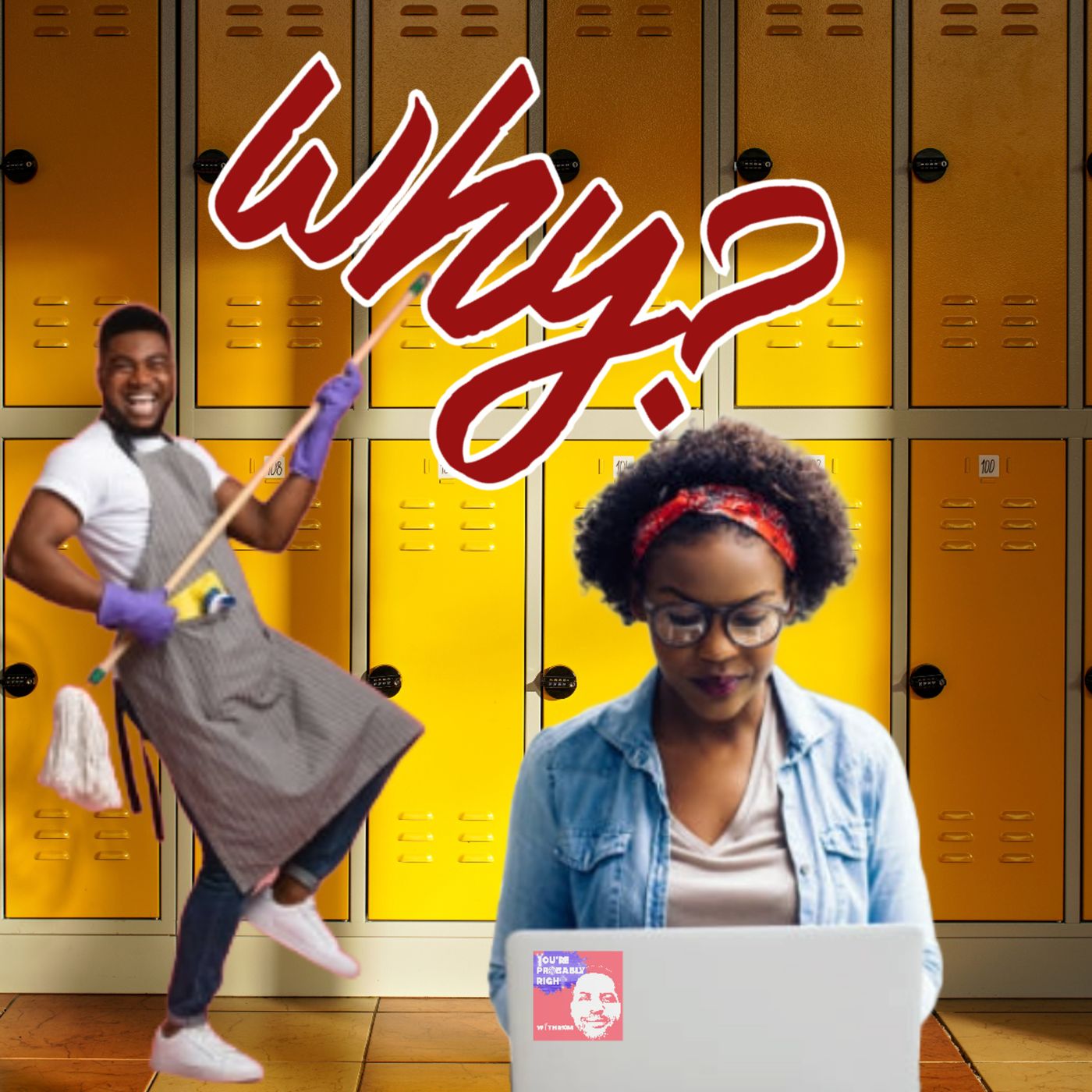"So, this is back to school, and what have you done? 'Black kids: University bound?'"
- Author
- Murray Ed
- Published
- Tue 29 Aug 2023
- Episode Link
- https://www.spreaker.com/episode/so-this-is-back-to-school-and-what-have-you-done-black-kids-university-bound--61072183
Hey, you! Time to dive deep into a topic that's got us scratching our heads and pondering big questions on "You're Probably Right." This episode is like stepping into a mind gym – equal parts thought-provoking and mind-bending. So, here we are, raising a virtual eyebrow and asking why university doors might seem a bit tougher to crack for black students. It's like trying to solve an epic puzzle that's missing a few pieces. But hey, we're up for the challenge. First up, we're talking about the heavyweight champs: What's really behind those lower university enrollment rates for black students? Are there hidden obstacles we're not seeing? And don't even get us started on those socioeconomic inequalities – they're like roadblocks on the path to quality education. We're wading through the swamp of systemic stuff too. Think of inadequate school resources and funding that could be boxing black students out of the higher education ring. But wait, representation is a big player in this game. We're taking a magnifying glass to how academic environments reflect back on black kids' aspirations. And who knew cultural factors and historical experiences could be behind some of those major decisions about university? Here's where the plot thickens – community-based initiatives that are throwing a lifeline to bridge the gap. And we're diving into the pool of financial worries – how does the fear of student loan debt play into whether black kids dive into the university pool? Now, let's talk mentors. Or maybe lack thereof. How's that impacting the confidence and readiness of black students eyeing the university scene? Oh, and let's not forget the media circus – how much is pop culture steering the ship? But fear not, we're ending on a high note. Innovative approaches that could make university dreams a reality – education, mentorship, and community power-ups. So, hang on tight and tune into "You're Probably Right" for this wild ride. It's like unwrapping a mystery you never knew existed. 🎙️🔍
keywords: education, disparities, university enrollment, academic achievement, equitable opportunities, socioeconomic factors, cultural perspectives.
